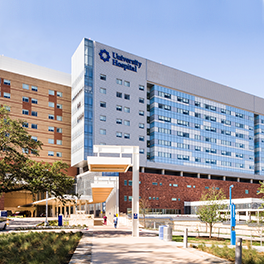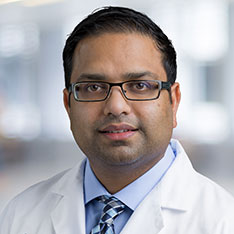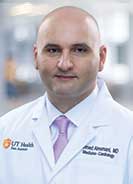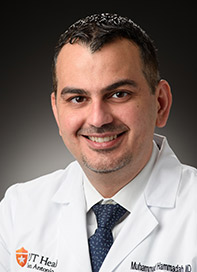Transcatheter edge-to-edge repair (TEER) is a minimally invasive treatment for mitral valve or tricuspid valve regurgitation. It is a relatively short procedure (about two to three hours) done in the catheter (cath) lab. Providers guide a catheter guided to the heart through the femoral vein in the groin.
TEER is an effective option for those with severe mitral or tricuspid valve regurgitation who are not optimal candidates for heart surgery, which is the traditional treatment method.
What Is TEER?
Your heart has four chambers with valves that open and close tightly with each heartbeat. The mitral valve connects the left atrium to the left ventricle, allowing oxygenated blood to flow from the atrium to the ventricle and then to the body.
The tricuspid valve connects the right atrium to the right ventricle, directing the deoxygenated blood to the right ventricle and then to the lungs.
If either valve isn’t functioning properly, blood can leak backward into the respective atrium. This is known as mitral or tricuspid valve regurgitation. It can cause symptoms like breathlessness and fatigue. If left untreated, it can result in heart failure.
TEER can help your heart valves close properly, resolve symptoms and reduce your risk for heart failure.
Types of TEER
At University Health, our heart doctors perform two types of TEER procedures:
- M-TEER treats the mitral valve with the MitraClip or PASCAL device
- T-TEER treats the tricuspid valve with the TriClip
It is essentially the same procedure, just performed on different sides of the heart.
What to Expect During TEER
The TEER procedure takes place at University Health’s heart cath lab. You will be fully sedated during the procedure and will not feel anything.
TEER procedures don’t require a chest incision. Your doctor will guide a flexible tube called a catheter through a vein in your groin up to your heart. Using the catheter, your doctor will place a dedicated clip-like device into the valve. Once released, the device will clasp the top flaps of the valve permanently, preventing regurgitation.
After the procedure, you will recover in the hospital overnight. Many patients can walk the same day. In some cases, your medical team may keep you in the hospital for up to three days.
Who Qualifies for TEER?
Surgery is the traditional method of treating mitral or tricuspid valve regurgitation. Patients who are not optimal candidates for surgery may qualify for TEER. Other considerations include:
- Age
- Health history
- Anatomy of the heart
- Other health conditions
Your heart team at the University Health Structural Heart and Valve Center will determine which option is best for you. We carefully consider all factors in your health and all treatment options before discussing a treatment plan with you.
Benefits of TEER
TEER has many benefits for the patient, including:
- Faster recovery times
- Increased quality of life
- Reduced risk for heart failure
TEER in San Antonio
University Health, through its collaboration with UT Health San Antonio, was the first hospital to bring TEER to South Texas as part the of the original clinical trials that led to the development and approval of this treatment. The center was one of the state’s first to offer this treatment and the first in San Antonio to perform TEER with the new PASCAL device.




